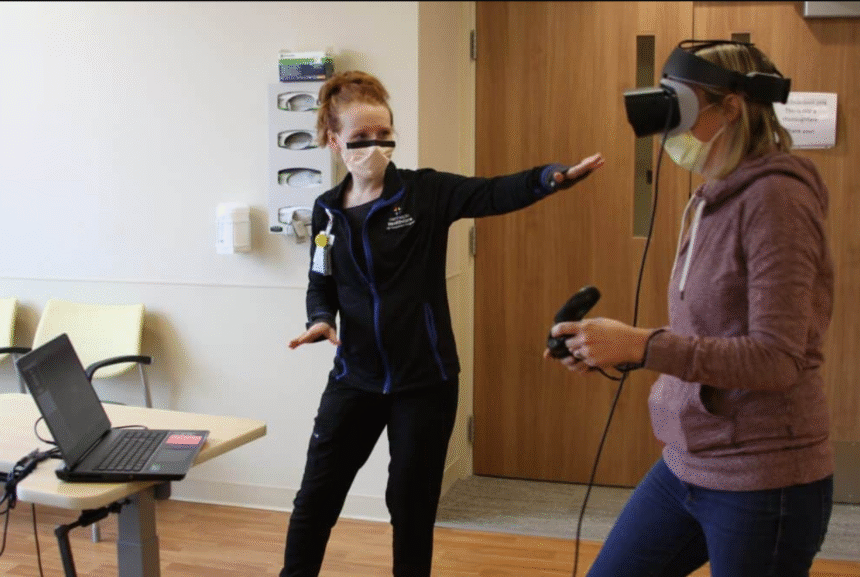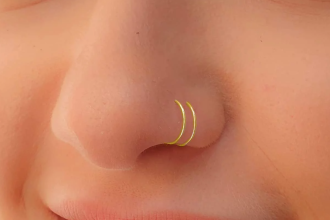Shoulder injuries can sometimes make daily life more difficult, leading you to seek new ways to recover strength and movement. Modern medical advances are changing how people approach healing after an injury or surgery.
Some of these advances focus on tools that support gradual, controlled movement to help rebuild function safely and effectively. In many recovery plans, physical therapists now incorporate shoulder rehabilitation devices to guide progress without putting too much strain on healing tissues. This type of support enables patients to progress at a steady pace, thereby reducing the risk of setbacks. It also helps track improvement in a more consistent and measurable way.
Wearable sensor devices for real-time shoulder movement tracking
Wearable sensor devices are changing the way you can track shoulder movement during recovery. These small devices are worn on your skin or clothing while you exercise. They use specialized sensors to measure your shoulder’s movement in real-time.
With these devices, you get immediate feedback on your movements. This helps you adjust your exercises based on how your shoulder is working each day. Real-time data can indicate whether you are moving too fast, too slow, or not achieving the correct angles.
Some wearable sensors can even be used at home. You can keep track of your progress between visits to your healthcare provider. This means you can view your results daily and make adjustments as needed.
Using wearable sensor devices helps make shoulder rehabilitation more personal. You have clear information about your shoulder motion, allowing you to make better choices in your recovery routine.
Smartwatches integrated with rehabilitation apps
Smartwatches with rehabilitation apps are being increasingly used in shoulder rehabilitation. You can track your shoulder movements, measure your range of motion, and keep an automatic record of your exercises right on your wrist. This helps you and your care team see your progress easily.
Many apps send you reminders to do your exercises. They also provide helpful tips or videos, making it easier for you to follow your rehab plan at home.
Real-time feedback lets you know if you are doing your movements correctly. This supports safer exercise and can reduce mistakes. The data stored on your smartwatch can also be shared with your physical therapist, helping to adjust your plan as you go.
Robotic-assisted shoulder therapy systems
Robotic-assisted therapy systems are becoming more common in shoulder rehabilitation. These systems utilize robotic arms or devices to assist you in performing exercises safely and with even support.
With robotic help, you can do repeated movements that are hard to complete on your own. The technology can track your progress and change support levels as you improve over time.
These systems aim to improve movement and strength while reducing the chance of further injury. You may also receive real-time feedback from the machine, allowing you to adjust your motions as you exercise.
Robotic-assisted therapy is being studied for its ability to help people recover from surgery or injury. Current designs let you do both active movements and guided, assisted exercises with gentle support.
If you are starting shoulder rehabilitation, your provider may recommend robotic systems if they believe it would be beneficial for your recovery.
Virtual reality platforms for interactive shoulder rehab
With virtual reality, you can complete your shoulder rehab exercises in a more engaging way. These platforms place you in an interactive setting, making rehab feel less repetitive and more enjoyable.
You use hand controllers or motion sensors to track your arm and shoulder movements. The system displays your movements in real-time, helping you stay motivated and follow your treatment plan.
Some platforms offer games and challenges designed to help improve your range of motion and coordination. This interactive approach allows you to receive feedback during each session, enabling you to adjust your actions as you progress.
Virtual reality can be utilized in both clinical settings and at home. Your progress can often be seen on the screen, providing a clear indication of how you are doing at each stage of rehabilitation. Many find that the interactive features help them stay consistent with their exercises.
Pain-relief spacers for rotator cuff tear management
If you are dealing with a large or irreparable rotator cuff tear, your doctor might suggest a pain-relief spacer. This small device is placed into your shoulder using a minimally invasive procedure.
The spacer goes between the bones in your shoulder where the damaged rotator cuff used to be. Once in place, the spacer is filled with fluid. It works by reducing contact between the bones, which helps ease pain during movement.
You may notice less pain soon after the spacer is inserted. Many people find it easier to start gentle shoulder exercises and rehabilitation because of the decreased discomfort.
This method does not repair the torn tendon but helps you move your arm with less pain. It is often considered when other treatments cannot fix the tear. For the right candidates, pain-relief spacers can make daily tasks and therapy less difficult.
Conclusion
You now have more options than ever for shoulder rehabilitation. New tools like wearable sensors and home-based systems offer real-time feedback and help you track your progress.
These technologies make exercises easier to do on your own and can support your recovery goals. You can find more ways to stay active and involved in your care by using these devices.
The future of shoulder recovery is evolving with more options, providing you with greater control over your rehabilitation process.














